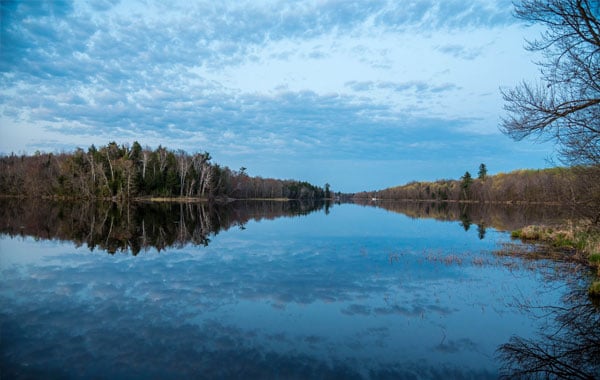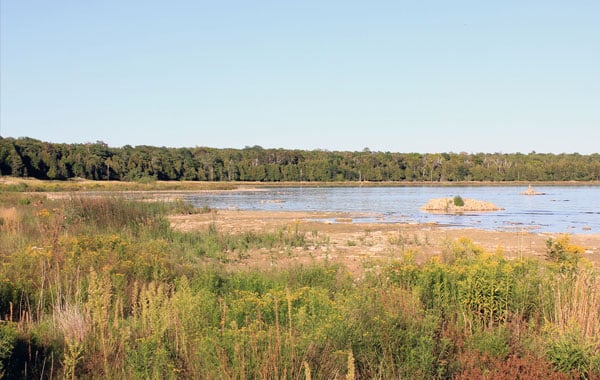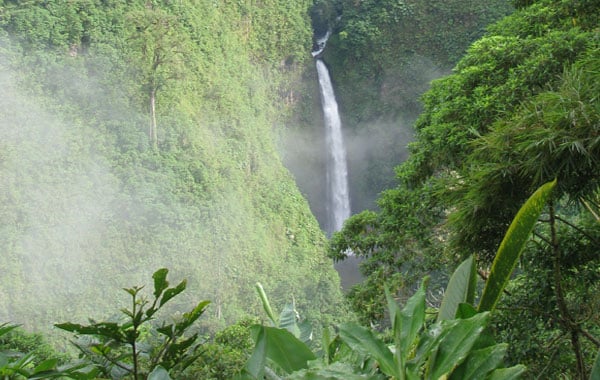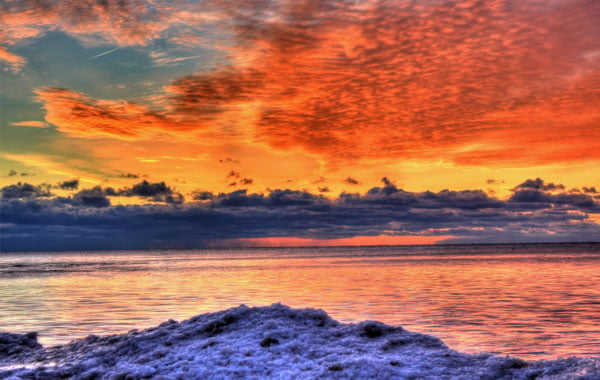Case Study: NRF of Wisconsin’s Field Trip Program
A success story on how hands-on learning experiences can organically grow membership, foster lasting engagement, and increase contributions.
Designed to connect private citizens with public lands, the Natural Resources Foundation (NRF) of Wisconsin has brought together 5,000 members, 86 endowment funds, and $8 million in conservation efforts since its inception in 1986. Its grant programs, education initiatives, and conservation projects are all important parts of this success story – but there’s one program in particular that unites these elements and serves as a vital expression of the organization’s core mission: the Field Trip Program.
NRF’s Field Trip Program offers Wisconsinites the opportunity to explore the natural areas in their own state, through short outdoor excursions centered on environmental education. The program is immensely popular: 70% of 5,000 available field trip spaces are filled in the first five hours of open registration, and ultimately fill to 89% of capacity by the end of the year. Going into the 25th anniversary of the program, NRF’s field trip attendees cumulatively number close to 50,000.
So how and why is NRF’s Field Trip Program so successful? We spoke with Christine Tanzer, NRF’s Field Trip Coordinator, to learn more about the program, its mission, and key points for success.

NRF’s Field Trip Program: the basics
“We believe… that nature has inherent value and that people have the ability to make a difference.”
NRF’s field trip program is an expression of the foundation’s larger mission: to provide sustainable funding to Wisconsin’s most imperiled species and public lands, while helping citizens connect with the state’s unique natural places. This connection is the bedrock of the field trip program’s setup and success, Tanzer says. “It’s through field trips that participants can actually engage with the environments and ecosystems that they are passionate to protect.”
With over 200 offerings in 2018, there’s a field trip for nearly every nature lover: based on activity type (hiking, kayaking, biking), activity level (accessible to extreme), environment (prairie, river, forest, lake), and interest (birds, reptiles, butterflies, human history, geology, ecology – just to name a few). Some field trips are well-suited for family outings; others are intended for active adults.
But one thing is common among every field trip: all are designed to be not only recreational in Wisconsin’s natural areas, but also educational about their importance. They are all led by local naturalists, professors, or expert partners – and many field trips incorporate volunteering, so that citizens can contribute hands-on to a conservation project like bird banding, bat counts, or stream monitoring. “Citizen science provides an important conduit for ordinary people to connect with land and species stewardship,” says Tanzer. “These kinds of experiences are not only meaningful and fun for participants, but they also offer the manpower needed for important conservation initiatives. It’s a win-win.”
![]()
How field trips benefit NRF
On a purely logistical level, NRF’s field trip program increases the overall membership of the organization simply because all participants must be members to enroll. There are fees associated with membership ($25 annually) as well as field trip attendance (the base fee for each trip is $15/adult and $5/child), with some trips incorporating an additional donation for conservation projects or endowment funds.
But there’s a more significant impact beyond the numbers that’s harder to quantify: the power of a meaningful experience matched with people’s inherent desire to make a difference. Tanzer has witnessed this firsthand in her 20 years with NRF. “Field trips are an opportunity for people to engage with something they really care about, and the positive experiences they have in the field means that we have this growing community of people excited to be a part of NRF’s mission.”
In 2017, NRF’s field trips have raised over $30,000 for conservation projects and endowment funds, in addition to $7,000 for NRF’s own endowment fund. Birding field trips alone yielded $18,000 in donations to the Bird Protection Fund, for projects like banding, nest monitoring, and research.

Making it easy (and rewarding) to get involved
With such a powerful motivation at the core of their membership, NRF’s success is in large part due to offering easy and compelling ways to be involved with the foundation. Details in infrastructure, logistics, and access all contribute to a positive and mutually beneficial relationship between NRF and its members:
- Online registration for trips makes the process easier for both participants and NRF staff, facilitating lower costs, more accountability, and higher quality field trips.
- Members who donate $500 annually to the Field Trip Program are considered part of the Sojourners Society. As a thank you for their larger donation, these members can sign up for field trips one week before regular registration opens – plus, their contributions help keep base fees low for everyone.
- Trips that involve unique or in-depth experiences (like eaglet banding) can incorporate added fees to support conservation projects – in some cases, a portion of these donations are tax-deductible.
- Anyone can establish an endowment fund to ensure lasting support for their passion – current endowment funds range from amphibian and reptile conservation to environmental education for teachers.
- Membership fees are reduced for new members signing up for their first field trip, and anyone who isn’t yet a member can still receive some access to the foundation’s materials, to encourage future participation.
- NRF staff members accompany participants on field trips, providing an opportunity for in-person interaction that creates memorable connections between NRF and its members. It is also a casual, non-invasive way for staff to foster relationships with major donors – both current and potential.

Going international to grow the community
In 2004, NRF expanded their field trip program with an international offering to Costa Rica, and have since traveled to Belize, the Galápagos, Iceland, New Zealand, and Tanzania, among others. Now running 5-6 international trips per year, NRF uses international travel as a way to encourage greater sense of community within the membership, and extend its mission to partnerships abroad.
With the core focus on conservation, community, and education, NRF’s international trips are similar to their local offerings in both design and yield – only amplified. The trips generate income, deepen donor connection to NRF and fellow members, support local conservation, and provide an educational experience for participants involved. “Bottom line, offering international trips is a low risk venture, with low overhead and high return,” says Tanzer. “The benefits are well worth the investment, and it allows us to grow both our community and our impact.”
The proof is in the numbers: from 2004 until today, over 291 people have traveled internationally with NRF – with 21% returning more than once. 20% of international trip participants are currently major donors, and international trips have inspired over $2 million in gifts to NRF since 2004. Through these trips, NRF has given $14,500 to local conservation efforts in destinations like Alaska, Ecuador, Belize, and Costa Rica.

Cultivating compassion: fundraising made simple
In a world where nonprofit fundraising seems analogous to scaling the highest peak, NRF’s Field Trip Program serves as a successful model where hands-on learning experiences can organically grow membership, foster lasting engagement, and increase contributions. The field trip program succeeds because it creates an outlet for the inherent compassion of its local citizens, and an opportunity for them to have fun, learn, and make a difference in their own backyard – whether in Wisconsin, or abroad.
Learn more about NRF of Wisconsin and their Field Trip Program.
special thank you to GoodFreePhotos.com for use of their photos.


